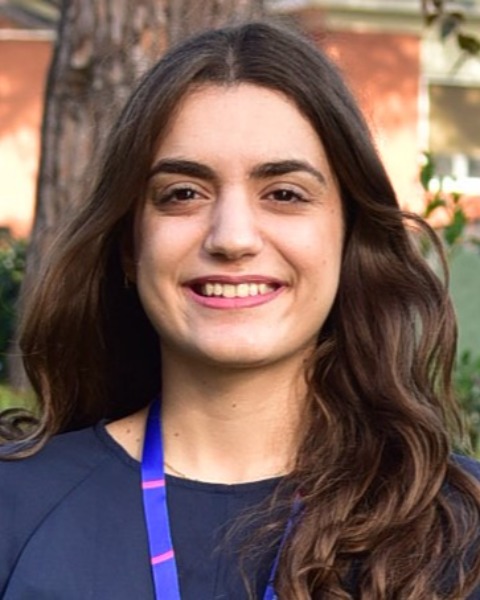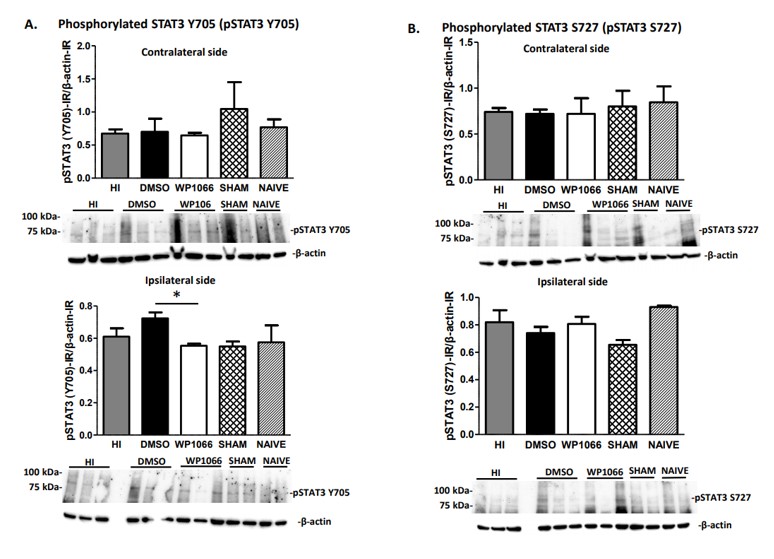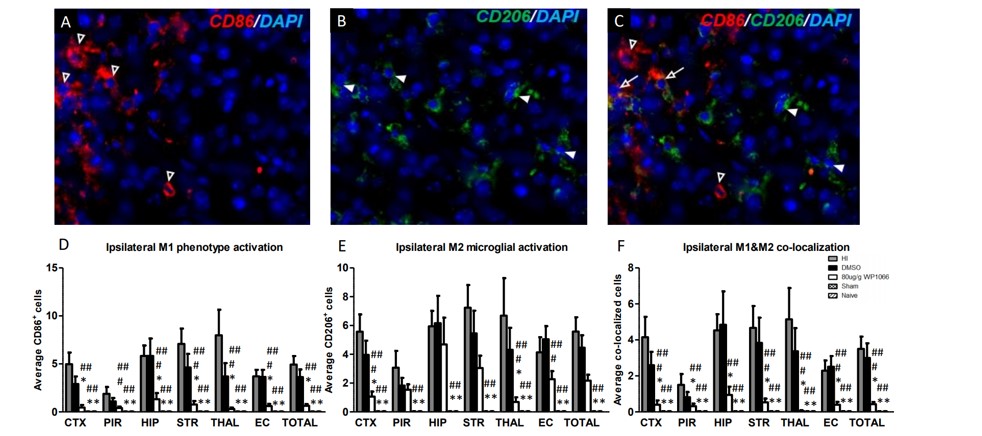Neonatal Neurology: Pre-Clinical Research
Neonatal Neurology 7: Preclinical 1
14 - Inhibition of Signal Transducer and Activator of Trascription 3 (STAT3)-a promising neuroprotective candidate for neonatal hypoxic-ischaemic encephalopathy
Publication Number: 14.433

Konstantina Tetorou, BSc, MSc, PhD (she/her/hers)
Research Fellow
University College London
London, England, United Kingdom
Presenting Author(s)
Background:
Hypoxic-ischaemic encephalopathy (HIE) is a leading cause of child mortality and morbidity. The only clinically available treatment is therapeutic hypothermia with limited effectiveness and application. Thus, alternative therapies are needed for neonatal hypoxic-ischaemic (HI) brain damage. HI strongly up-regulates Signal Transducer and Activator of Transcription 3 (STAT3) in the immature brain. We have previously shown that cell-specific neuronal or astroglial STAT3-deletion reduces cell death, tissue loss, microglial and astroglial activation in a postnatal day 7 (P7) HI mouse model, suggesting a detrimental effect of STAT3 in neonatal HI. Similarly to the cell-specific deletion, systemic inhibition of the STAT3-tyrosine 705 (Y705) phosphorylation site with JAK2-inhibitor WP1066 reduces microglial and astroglial activation but to a more moderate degree.
In respect to fetal human brain development, the P7 mouse is considered slightly pre-term, while the P9 mouse corresponds to term. Thus, the already obtained data showing neuroprotection through STAT3 inhibition was relevant to the slightly pre-term neonatal brain.
Objective: We aimed to investigate whether WP1066 treatment will provide neuroprotection in the term P9 mouse model.
Design/Methods:
We subjected C57Bl/6 P9 mice to unilateral carotid artery ligation followed by 60min hypoxia and treated them intraperitoneally with 80ug/g WP1066 immediately post-HI. After perfusions, the brains were extracted and used for immunohistochemistry and western blot analysis.
Results:
The systemic inhibition of STAT3 with WP1066 reduced brain tissue loss, cell death, microglial and astroglial activation, oxidative stress and increased myelination compared to vehicle treated and untreated littermate controls. Additionally, treatment with WP1066 reduces pSTAT3 Y705 levels and pro-inflammatory M1 microglia while increasing anti-inflammatory M2 microglia.
Conclusion(s):
Thus, the application of WP1066 as a regulator of STAT3 phosphorylation may be a promising new neuroprotection strategy in neonatal HIE.


.jpg)
